-

1,2-Diphenoxyethane CAS:104-66-5
1,2-Diphenoxyethane, with the molecular formula C14H14O2, serves as a solvent and intermediate in organic synthesis. Its role in various chemical processes contributes to the production of diverse organic compounds, supporting applications in pharmaceuticals, agrochemicals, and materials science.
-
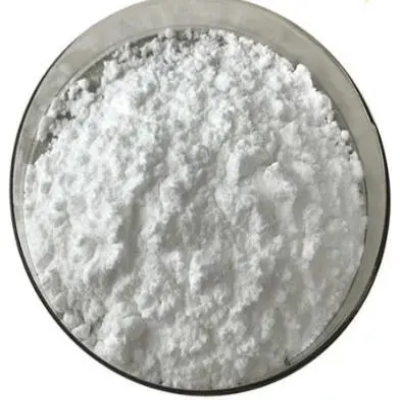
tert-Butyl ((2-hydroxycyclopentyl)methyl)carbamate CAS:1245515-60-9
Tert-Butyl ((2-hydroxycyclopentyl)methyl)carbamate is a chemical compound distinguished by its carbamate backbone substituted with a tert-butyl group and a hydroxycyclopentylmethyl moiety. Commonly known as THCMC, this compound exhibits unique structural characteristics that render it valuable in various chemical applications. With its functional groups and distinctive molecular arrangement, THCMC serves as a versatile building block in organic synthesis, contributing to the development of diverse chemical structures.
-
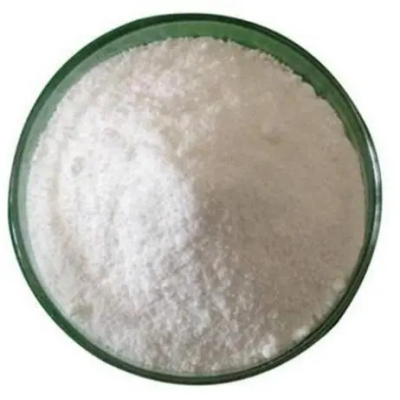
tert-butyl 2-(2,4-dichlorophenyl)cyclopropylcarbamate CAS:2891597-85-4
tert-butyl 2-(2,4-dichlorophenyl)cyclopropylcarbamate is a chemical compound known for its cyclopropylcarbamate backbone substituted with a tert-butyl group and a 2,4-dichlorophenyl moiety. Commonly referred to as TBDCPCC, this compound possesses distinctive structural features that make it valuable in various chemical applications. With its functional groups and unique molecular arrangement, TBDCPCC serves as a versatile building block in organic synthesis, contributing to the development of diverse chemical structures.
-
![methyl 5,6,7,8-tetrahydroimidazo[1,5-a]pyridine-7-carboxylate CAS:1824151-16-7](https://cdn.globalso.com/xindaobiotech/1ZNB2ZF342ZWRNG226.png)
methyl 5,6,7,8-tetrahydroimidazo[1,5-a]pyridine-7-carboxylate CAS:1824151-16-7
Methyl 5,6,7,8-tetrahydroimidazo[1,5-a]pyridine-7-carboxylate is a chemical compound recognized for its fused imidazo-pyridine ring system with a methyl ester at position 7. Commonly abbreviated as MTIPC, this compound exhibits unique structural characteristics that make it valuable in organic synthesis and medicinal chemistry. Its versatile reactivity and functional groups render it a key intermediate in the preparation of various pharmaceuticals, agrochemicals, and specialty chemicals, contributing to the synthesis of complex molecular architectures.
-
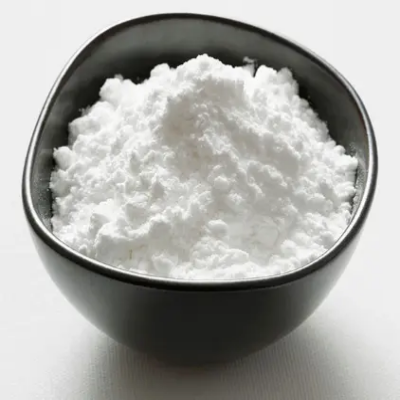
methyl 4,5-difluoro-2-methylbenzoate CAS:1245515-60-9
Methyl 4,5-difluoro-2-methylbenzoate is a chemical compound characterized by its benzoate backbone substituted with methyl groups at position 4 and 5, and fluorine atoms at positions 2 and 5. Often abbreviated as MDFMB, this compound possesses distinct structural features that make it valuable in organic synthesis and medicinal chemistry. With its aromatic ring and fluorine substituents, MDFMB serves as a versatile intermediate in the preparation of various pharmaceuticals, agrochemicals, and specialty chemicals, contributing to the synthesis of diverse molecular architectures.
-
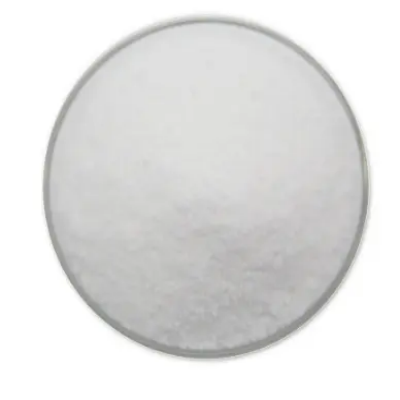
cis-Ethyl2-hydroxycyclohexanecarboxylate CAS:6149-52-6
cis-Ethyl 2-hydroxycyclohexanecarboxylate is a chemical compound distinguished by its cyclohexane ring substituted with a carboxylate group at position 2 and an ethyl group in the cis configuration. This compound, often referred to as EHCC, exhibits unique structural characteristics that render it valuable in organic synthesis and medicinal chemistry. With its cis configuration and functional groups, EHCC serves as a versatile intermediate in the preparation of various pharmaceuticals, agrochemicals, and specialty chemicals, contributing to the synthesis of diverse molecular architectures.
-
![benzyl 5-hydroxy-hexahydrocyclopenta[c]pyrrole-2(1H)-carboxylate CAS:2300929-14-8](https://cdn.globalso.com/xindaobiotech/VMLV8UWXAZ0XBLS6M149.png)
benzyl 5-hydroxy-hexahydrocyclopenta[c]pyrrole-2(1H)-carboxylate CAS:2300929-14-8
Benzyl 5-hydroxy-hexahydrocyclopenta[c]pyrrole-2(1H)-carboxylate is a chemical compound characterized by its fused cyclopentane-pyrrole ring system with a benzyl ester and a hydroxyl group. Commonly known as BHHCP, this compound exhibits unique structural features that make it valuable in organic synthesis and medicinal chemistry. Its versatile reactivity and functional groups render it a key intermediate in the preparation of various pharmaceuticals, agrochemicals, and specialty chemicals, contributing to the synthesis of complex molecular structures.
-
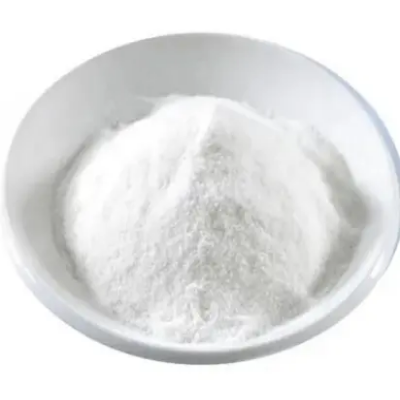
7-Bromo-5-fluoro-1H-indazole CAS:1100214-35-4
7-Bromo-5-fluoro-1H-indazole is a chemical compound known for its indazole ring substituted with bromine and fluorine atoms at positions 7 and 5, respectively. Often abbreviated as BFInd, this compound exhibits unique structural features that make it valuable in organic synthesis and medicinal chemistry. With its substituted heterocyclic ring, BFInd serves as a versatile scaffold in the design and synthesis of various pharmaceuticals, agrochemicals, and specialty chemicals, contributing to the development of diverse molecular structures.
-
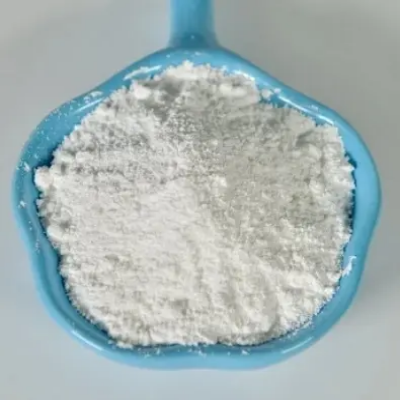
5-Methyl-1-(piperidin-4-yl)-1H-pyrazole-4-carboxylic acid CAS:1780811-54-2
5-Methyl-1-(piperidin-4-yl)-1H-pyrazole-4-carboxylic acid is a chemical compound characterized by its pyrazole ring substituted with a piperidinyl group and a carboxylic acid functional group at positions 1 and 4, respectively. Commonly known as MPyPC, this compound exhibits distinctive structural features that make it valuable in organic synthesis and medicinal chemistry. With its substituted heterocyclic ring and functional groups, MPyPC serves as a versatile intermediate in the preparation of various pharmaceuticals, agrochemicals, and specialty chemicals, contributing to the synthesis of complex molecular architectures.
-
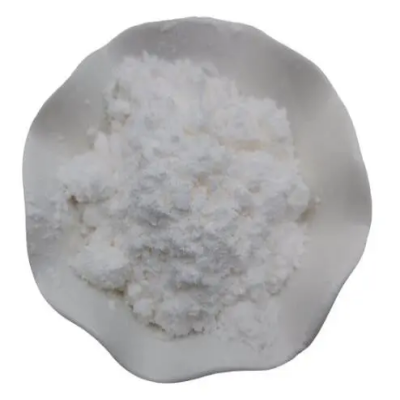
4-Hydroxymethyl-2-pyrrolidinone CAS:64320-89-4
4-Hydroxymethyl-2-pyrrolidinone, commonly known as HMP, is a chemical compound recognized for its pyrrolidinone ring with a hydroxymethyl group at position 4. HMP serves as a versatile building block in organic synthesis and industrial applications due to its unique structural features and reactivity. This compound finds applications in the synthesis of pharmaceuticals, polymers, agrochemicals, and specialty chemicals, contributing to the development of diverse molecular structures and materials.
-

2-hydroxycyclopentane-1-carbonitrile CAS:57836-12-1
2-Hydroxycyclopentane-1-carbonitrile is a chemical compound commonly referred to as HCPN. It is characterized by its cyclopentane ring with a hydroxyl group and a cyano group attached to adjacent carbon atoms. HCPN serves as a versatile building block in organic synthesis and medicinal chemistry due to its unique structural features and reactivity. This compound finds applications in the preparation of various pharmaceuticals, agrochemicals, and specialty chemicals, contributing to the synthesis of complex molecular structures.
-
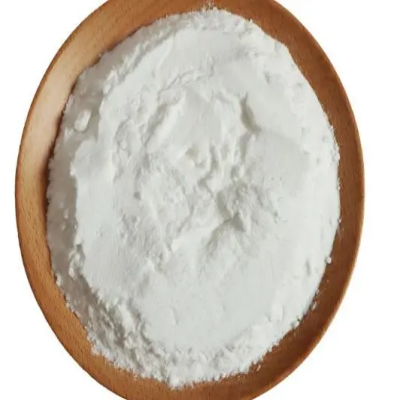
2-(2,4-dichlorophenyl)cyclopropane-1-carboxylic acid CAS:1157554-61-4 2227810-83-3
2-(2,4-Dichlorophenyl)cyclopropane-1-carboxylic acid, often abbreviated as DCPCCA, is a chemical compound notable for its cyclopropane ring substituted with a dichlorophenyl group and a carboxylic acid functional group. DCPCCA serves as a crucial intermediate in organic synthesis and medicinal chemistry due to its unique structural features and reactivity. This compound finds applications in the synthesis of pharmaceuticals, agrochemicals, and specialty chemicals, contributing to the development of diverse molecular architectures.

